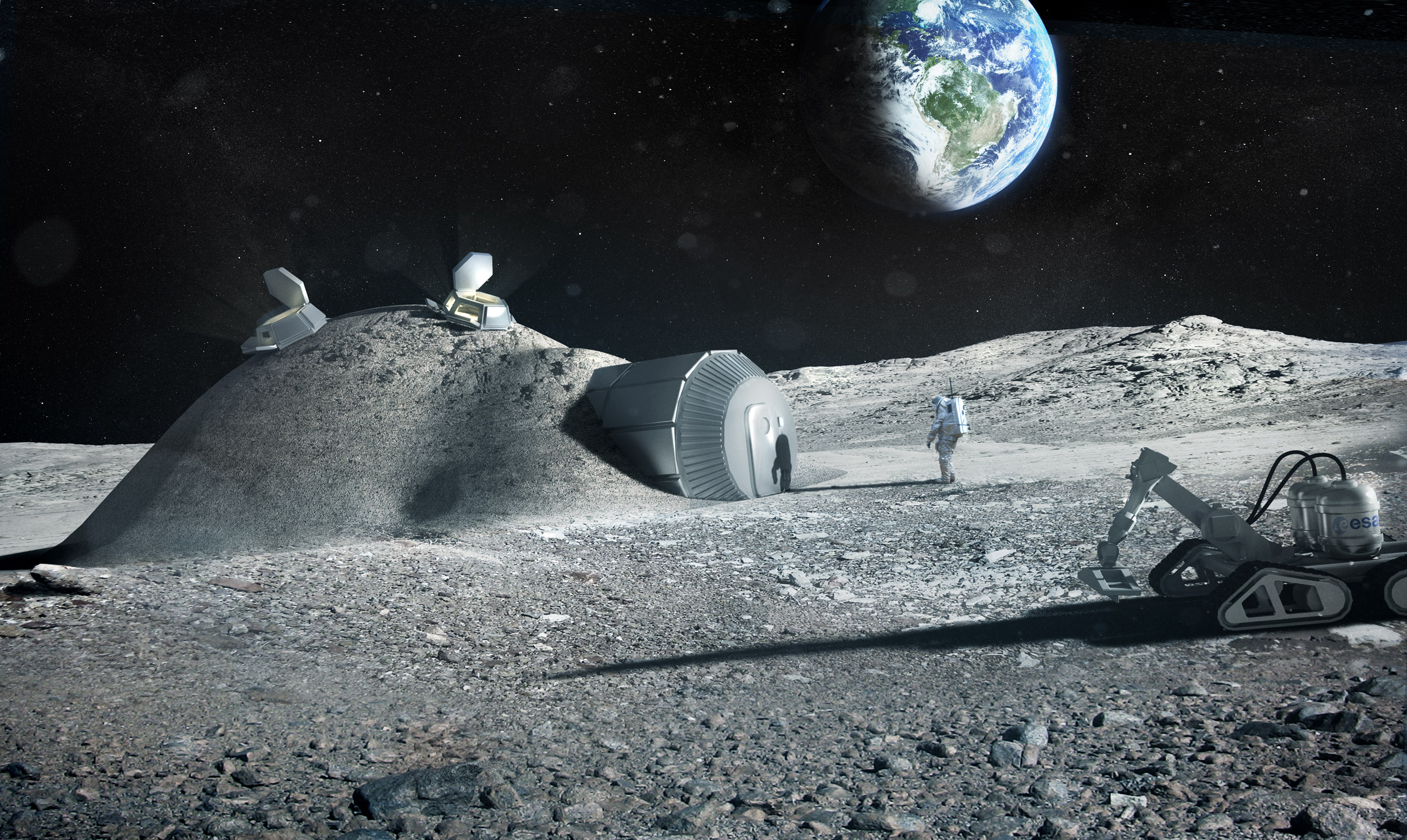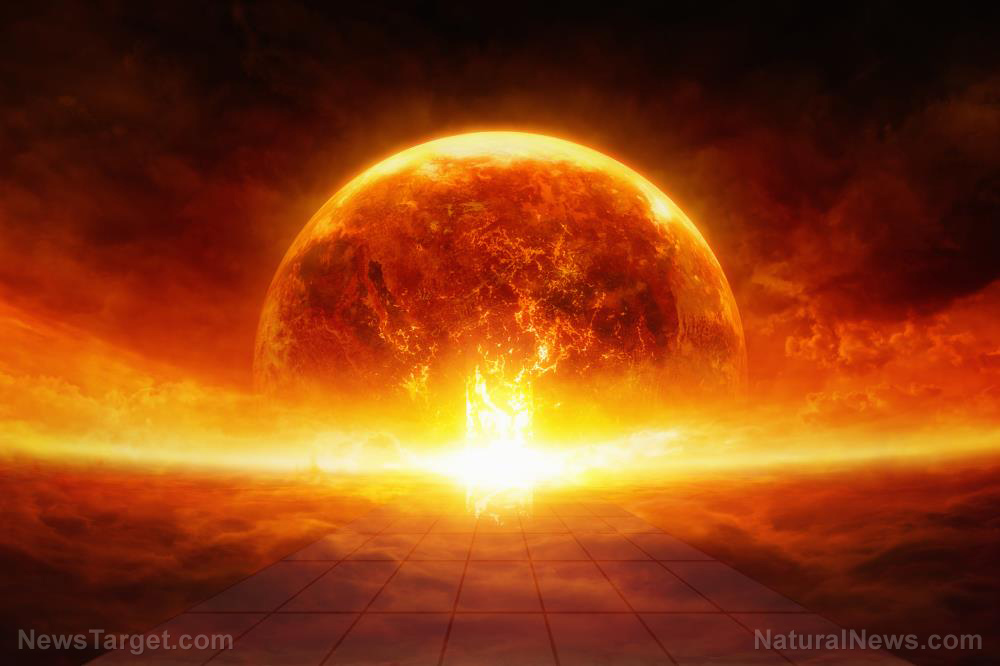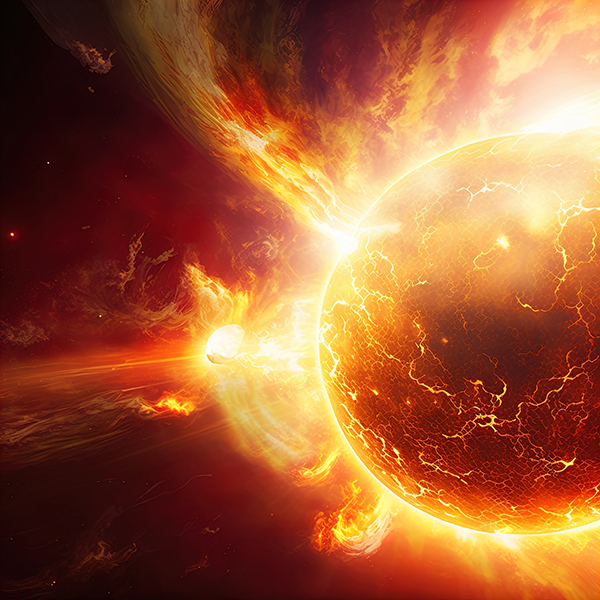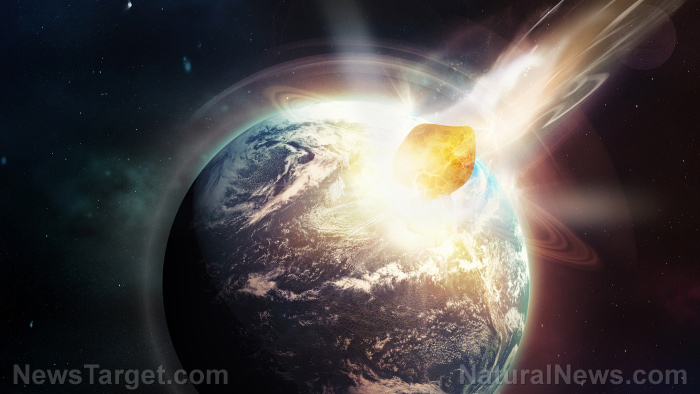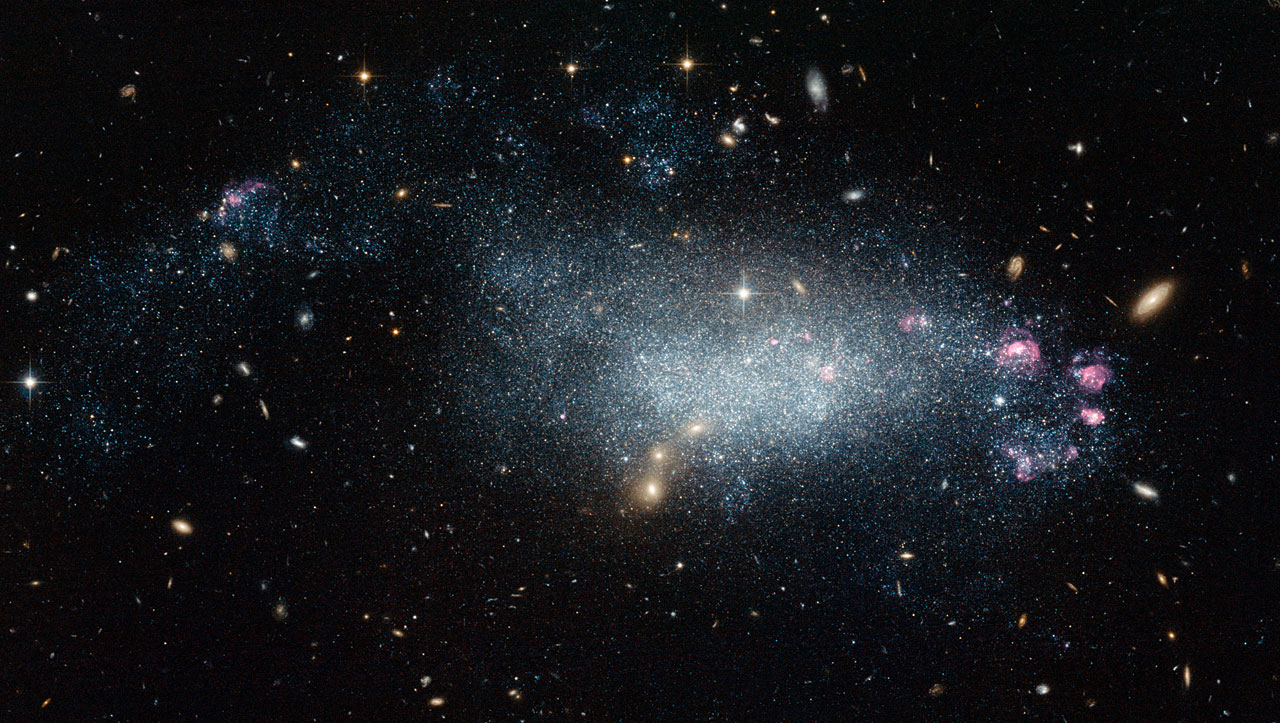
Researchers from the University of Groningen in the Netherlands and the University of La Laguna in Spain suggest that Dragonfly 44 may just be a dwarf galaxy instead of a mysterious galaxy comprised mostly of dark matter.
In a study published in the journal Monthly Notices of the Royal Astronomical Society, the researchers noted that Dragonfly 44 has a much lower total mass than previous studies initially estimated, indicating that the amount of dark matter in the galaxy is just average.
Nothing special about Dragonfly 44
Dragonfly 44 belongs to a class of mysterious objects known as ultra-diffuse galaxies. These extremely dim, vast regions are believed to be dwarf galaxies smeared across huge reaches of space. However, some astronomers argue that Dragonfly 44 may be one of those massive galaxies that seem dim because it has almost no stars and is surrounded by a "dark matter halo."
A dark matter halo is a region proposed to explain why some galaxies – the Milky Way, for instance – appear to have such a huge mass when they're only made of a relatively small number of stars. In an attempt to solve this puzzle, scientists posit that these galaxies may be largely comprised of dark matter, a mysterious, undetectable material that emits no light.
In a 2016 paper published in the Astrophysical Journal Letters, researchers estimated the mass of Dragonfly 44 and found that it might be at least 98 percent dark matter. They explained that the galaxy's globular clusters, or the dense collection of stars orbiting a galactic core, seemed to be spinning quickly around its center, indicating that Dragonfly 44 has more gravity and, therefore, more mass.
While those velocity measurements turned out to be incorrect, the 2016 study's proposition nevertheless gained new ground. Other scientists start to think that the number of globular clusters is linked to the mass of a galaxy, according to the current study's lead author Teymoor Saifollahi of the Kapteyn Astronomical Institute at the University of Groningen.
And for a galaxy comprised of only a few stars, Dragonfly 44 did seem to have many globular clusters. A 2017 study published in the Astrophysical Journal Letters suggested that Dragonfly 44 has about 80 of these stellar groups, putting it in the league of galaxies like the Milky Way.
However, in the current study, the researchers did their own count and found only 20 globular clusters in Dragonfly 44. This suggests that the galaxy has a much lower mass, consistent with that of a dwarf galaxy.
Where previous studies fell short
It's worth noting that cosmic objects are far from Earth, so it's not easy to know what those objects are. "In the images, there are all [sorts] of astronomical objects, and not all of them are globular clusters," said Saifollahi.
He added that what appeared to be a globular cluster may just be a star in the middle of the way from Earth to the galaxy. Scientists may also be prone to make errors as it's typically assumed that globular clusters – small and dim as they are from an Earth-based vantage point – always exist in any galaxy. (Related: A closer look at the voids between galaxies: What’s going on in intergalactic space?.)
The key difference between the two studies rests on where the researchers assumed most globular clusters in Dragonfly 44 are located. In the 2017 study, the researchers estimated the location based on standard numbers associated with dwarf galaxies and then looked for candidates in that area.
For the 2020 study, however, Saifollahi and his colleagues actually measured how far globular clusters extended from the center of Dragonfly 44. Results showed that the globular clusters might be much closer to the galactic center than previously thought. Therefore, when the researchers counted possible clusters, they looked only in that area and produced a much smaller estimate.
Saifollahi said that future studies have to avoid relying on standard assumptions about globular clusters. He and his colleagues plan to further examine other ultra-diffuse galaxies that are thought to have many of these stellar clusters and see if those estimates hold up.
Cosmic.news has more on the latest discoveries in space.
Sources include:
Please contact us for more information.
















